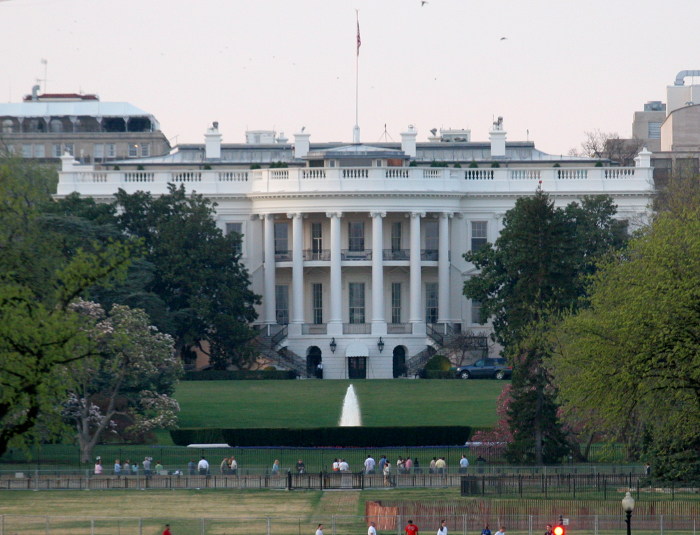
Robohub.org
Issues in regulating robocars, and the case for a light hand
 All over the world, people (and governments) are debating about regulations for robocars. First for testing, and then for operation. It mostly began when Google encouraged the state of Nevada to write regulations, but now it’s in full force. The topic is so hot that there is a danger that regulations might be drafted long before the shape of the first commercial deployments of the technology take place.
All over the world, people (and governments) are debating about regulations for robocars. First for testing, and then for operation. It mostly began when Google encouraged the state of Nevada to write regulations, but now it’s in full force. The topic is so hot that there is a danger that regulations might be drafted long before the shape of the first commercial deployments of the technology take place.
In the pre-history of robocars, it was common to say that it would be ages before they were legal. Then, at least in some countries, groups like Google discovered they were already legal by default, at least for testing. When the vehicle codes were written long ago, nobody thought to say “no robots.”
A few places have laws that require that certain driving activities be done by humans, but many don’t. Even so, Google and a few others sought to make the regulatory status of the cars more clear. Soon the state of Nevada passed a bill requiring their DMV to write regulations. Several other states passed similar laws. The first regulations mostly defined testing, and some are leading to covering operation — first under human supervision, eventually without a person in the car.
At the same time, the National Highway Transportation Safety Agency (NHTSA,) which writes the safety standards for car manufacturers — the rules that demand seatbelts, airbags and electronic stability control — were encouraged to see what their role should be. They published a document defining a taxonomy of vehicles and suggestions on how to regulate them.
The first reaction of many is, “of course.” It’s common to think that it would be strange to put these vehicles on the road without the government certifying them and laying out standards for how they should work. Contrary to that intuition, that is not the way government regulation of automotive technologies has worked, nor the way it should work. And that turns out to be even more true for robocars than the technologies that came before them.
To address some of these issues, I have prepared a new special article on the issues around regulating robocars. The article concludes that in spite of a frequent claim that we want to regulate and standarize even before the technology has been out in the market for a while, this is in fact both a highly unusual approach, and possibly even a dangerous approach. In summary:
- Regulations are normally developed long after technologies are in the market, not before they are developed. That’s true for almost all automotive safety technologies, like seat belts, airbags, anti-lock brakes, crumple zones, and more.
- When regulations do come, their usual purpose is not to govern how to build the safety technologies, but to demand that the car makers that are not including them start including them.
- Many of the driving-related technologies — adaptive cruise control, lane departure warning and lane-keeping, automatic parking, forward collision warning and avoidance and blindspot warning — all remain unregulated today.
- Self-certification by the vendor is the norm, not the exception. While some things (like crash tests) are done by the government or insurance labs, most testing and certification is done by vendors.
- Tort law already provides a strong legal force for safety, and in fact it may already be too strong rather than not strong enough.
- Even the builders of robocars have not yet figured out precisely how they will attain and test their safety goals, so we are at least a decade out from regulators figuring that out. The technology is changing so fast they may never catch up, requiring other solutions.
- We need to protect the ability of small players and tinkerers to innovate, even with dangerous technology like cars — just as we always have.
The full article is available on robocars.com: Regulating Robocar Safety: An examination of the issues around regulating robocar safety and the case for a very light touch.
tags: Automotive, autonomous driving, cx-Politics-Law-Society, robocars, robohub focus on autonomous driving, Robohub focus on regulating robotics, robot regulation




